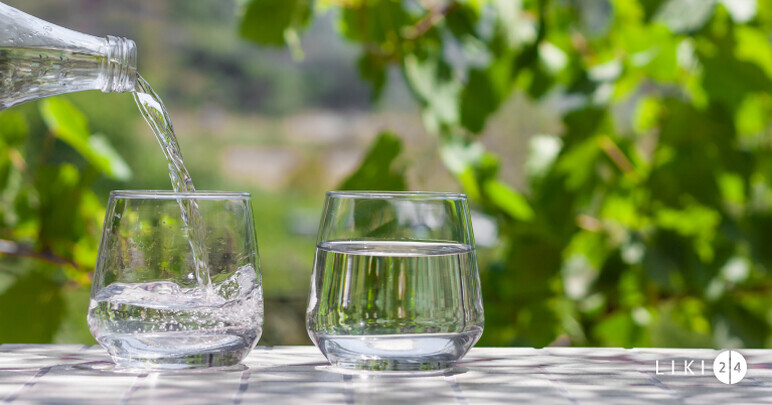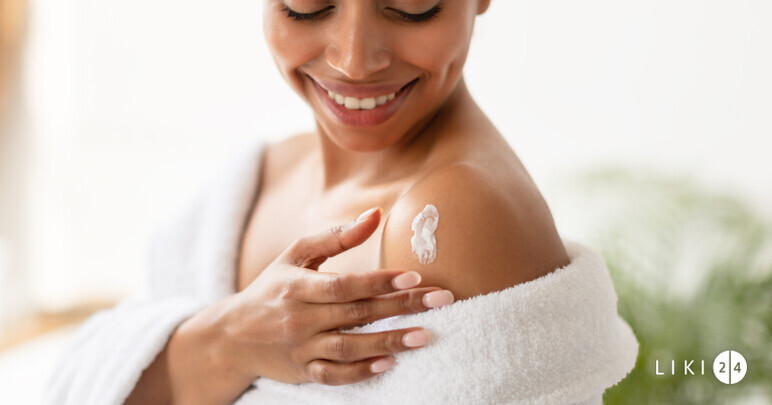

Description
For rinsing the nasal cavities and nasopharynx for the following reasons:
preventive
- to accelerate the restoration of the natural environment of the nasal mucosa, the correct movement of the ciliated epithelium and the general defense - during the period of increased incidence of upper respiratory tract infections, in allergic people hypersensitive to pollen and dust during their period; increased occurrence in the air - in patients with drying of the mucous membrane during sleep and snoring - in patients with repeated nosebleeds due to the formation of crusts
in acute conditions
- in patients with inflammation of the upper respiratory tract, both acute and chronic - in patients after operations on the nasal septum, nasal mucosa with limited nasal permeability - after operations in the area of the nasal cavity, paranasal sinuses, tear ducts and tumors in these areas - after endoscopic operations noted with the abbreviation FESS - after operations on the nasopharynx, soft palate (snoring patients) - in patients with crust formation and thick mucus - in patients with dry (atrophic) rhinitis
as preparation before:
- nasal application of used (applied) drugs, as it increases their effectiveness - operations of the nasal and paranasal sinuses - endoscopic examination of the nasal cavities and nasopharynx
as daily care
- upper respiratory tract hygiene
Medical aid is used as needed to flush the upper respiratory tract.
1. Using a measuring cup, pour 20 ml of VINCENTKA® NASALIS concentrate into a teapot. 2. Fill the kettle with approx. 230 ml of warm drinking or boiled water (approx. 37 °C) and mix. 3. The mouth of the teapot is pressed against the nostril from the side, not from the front, and gently pressed so that the nostril is closed by the tip of the funnel. The solution must not escape through this nostril. 4. Breathe through your mouth. The mouth must be open. It is impossible to breathe through the nose during rinsing. 5. Lean forward slightly so that the head is above the sink, the chin should be directed towards the chest as much as possible, it should not be pushed forward. Turn your head to the side. 6. Tilt the teapot upwards so that the solution flows spontaneously through the inside of the nose and out through the other nostril. When about half of the contents of the bowl have overflowed, lift your head and remove the bowl. A larger part of the solution will flow from the nose on its own, the rest can be squeezed out by gently exhaling through the nose or gently blowing the nose. 7. Use the remaining half of the solution to rinse through the other nostril. After rinsing, no solution should remain in the nose and nasal cavities. A simple nose blow is usually enough to remove the fluid completely. Finally, take a few breaths in and out through your nose. 8. Exhalation or nose blowing during the entire procedure should not be so strong that you feel it in your ears. 9. Rinse the kettle thoroughly, preferably with hot water, and let it dry. Viruses and bacteria cannot survive on a dry surface. Salt deposits can be removed with vinegar.
See also other products of the Vincentka brand, which are in the categories In Ear, Medical Supplies and Nasal Drops and Rinses. 17 customers rated the product and 100% of them would recommend it to others. Vincentka Nasalis concentrate 300 ml is registered in the ŠUKL database under code P89407. If you are not sure about the choice of this product, get inspired in the category Nasal drops and rinses.
Reviews
All reviews

There are no reviews for this product.

















































 Description
Description 






